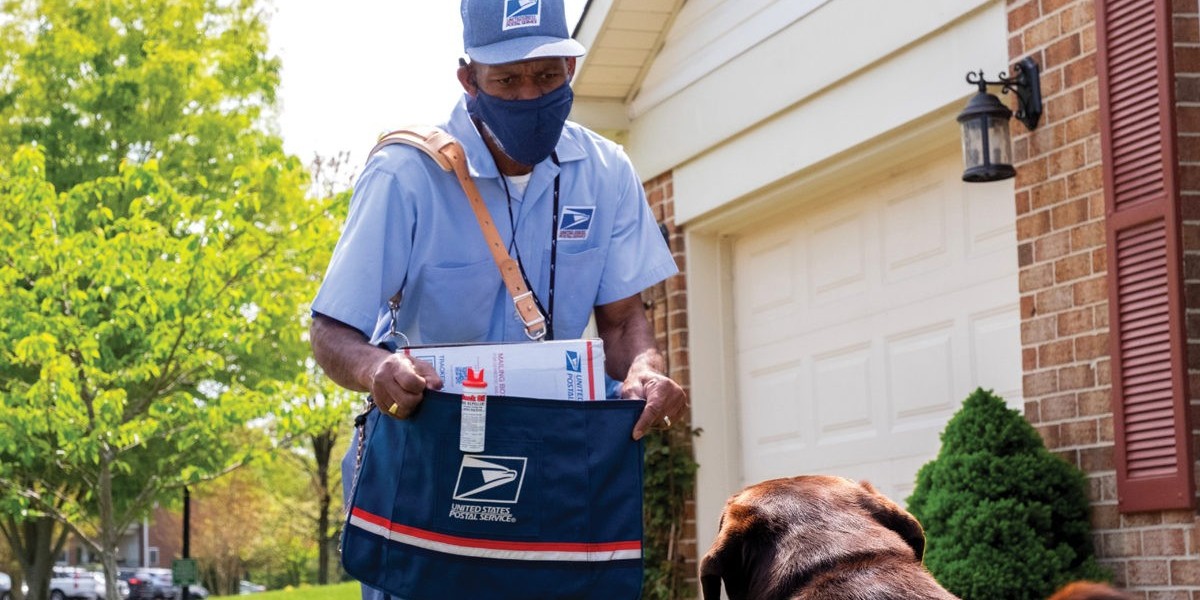Introduction
Package carriers play an essential role in ensuring that people receive their goods promptly and safely. However, one significant challenge that package carriers face is dealing with dogs. Dogs, while often friendly, can become territorial or defensive when they perceive their home or family is being threatened. Understanding how to navigate encounters with dogs can prevent potential injuries and make delivery safer for everyone involved.
Why Dog Bite Prevention is Important
Dog bites are not just minor inconveniences; they can lead to severe injuries, infections, and even long-term trauma. For package carriers, the risk of dog bites can impact job safety and productivity. By taking preventive measures, carriers can reduce the likelihood of incidents, ensuring their well-being and continuing to provide seamless service.
Understand Dog Behavior
Understanding dog behavior is the first step to preventing bites. Dogs are naturally protective of their territory and loved ones. They have an instinctive reaction to strangers, especially those approaching their homes.
Recognizing Friendly vs. Aggressive Dogs
Not all dogs that bark or growl are immediately dangerous. A wagging tail combined with relaxed body posture often indicates friendliness, while rigid posture, raised fur, and bared teeth signify a warning.
Common Triggers for Dog Aggression
Territorial Instincts
Dogs have a strong sense of territory. They might become aggressive if they perceive a package carrier as a threat to their home or family. The presence of a uniform, truck noises, or even quick movements can trigger a dog’s territorial response.
Past Experiences
Some dogs may have negative associations with delivery workers due to past encounters. If a dog has been frightened or provoked before, they may show heightened aggression toward package carriers.
Body Language and Warning Signs
Dogs communicate primarily through body language. Knowing how to interpret these signals can mean the difference between a safe encounter and a risky one.
Warning Signs to Watch For
Growling and Barking: Indicates discomfort or an attempt to ward off the perceived threat.
Stiff Posture: A dog standing tall with stiff legs and raised fur is likely feeling aggressive.
Avoiding Eye Contact: A nervous or fearful dog may avert its gaze, preparing to defend itself.
Approaching Properties Safely
Plan Your Route and Approach
Before approaching a house, take note of any visible signs of a dog, such as a “Beware of Dog” sign or dog toys in the yard. These indicators can help you assess the presence of a dog before knocking on the door or entering the property.
Avoid Surprises
Dogs are startled by sudden movements. Knock or call out before stepping into the yard to alert the dog of your presence. This gives the animal time to process that a person is approaching.
Effective Communication with Dog Owners
Engaging with dog owners can be a proactive step in ensuring safety. When possible, ask owners to secure their pets during deliveries. A simple conversation like, “Could you please make sure your dog is in a secure area when I deliver?” can go a long way.
Tools and Gear for Safety
Carrying Safety Equipment
Package carriers should consider carrying essential safety items such as:
Dog Repellent Spray: Used only in emergencies to deter an approaching dog.
Ultrasonic Devices: Emit a sound that is unpleasant for dogs but inaudible to humans.
Protective Gloves and Arm Guards: Offer a layer of protection in case of contact.
What to Do if a Dog Approaches Aggressively
Maintain a Calm Stance
Never run from a dog, as this can trigger its chase instinct. Instead, stand still, turn sideways, and avoid direct eye contact. This non-threatening posture can help de-escalate the situation.
Staying Calm During an Encounter
Dogs can sense human emotions. If you stay calm, the dog is less likely to feel the need to attack. Take deep breaths and maintain a steady voice. Use commands like “No” or “Stay” in a firm, confident tone.
Techniques to Deter Dogs Without Harm
Sometimes, a dog may approach in a way that feels threatening, even if they don’t intend to bite. To keep a dog at a safe distance:
Use a Barrier: If you carry an object like a clipboard or bag, use it as a buffer between you and the dog.
Avoid Sudden Movements: Quick gestures can be perceived as a threat.
How to Avoid Common Mistakes
Do Not Assume All Dogs Are Friendly
Even dogs that seem playful can quickly become defensive if startled. Always approach with caution and be prepared for a behaviour change.
Avoid Turning Your Back
Turning your back on an unfamiliar dog can make you seem vulnerable. Keep the dog in your peripheral vision until you’re safely out of its range.
The Role of Training and Practice
Attend Safety Training
Many delivery companies offer or mandate dog safety training sessions. These sessions teach practical skills such as how to react in different situations and how to use safety tools effectively.
Practice Situational Awareness
Regularly practicing alertness during deliveries can help you become more instinctive in recognizing potential dog threats.
Responding to a Dog Bite Incident
If bitten, remain calm and try not to pull away, as this can increase the damage. After the incident:
Seek Medical Attention: Dog bites can lead to infection, so it’s important to get proper care.
Report the Incident: Inform your employer and provide details of the encounter.
Document the Injury: Take photos and keep a written record to support your report.
Conclusion
Safety during deliveries is paramount for package carriers, and dog encounters are an unavoidable part of the job. With the right knowledge and precautions, carriers can approach their work with confidence, knowing how to handle dogs they meet along the way.









